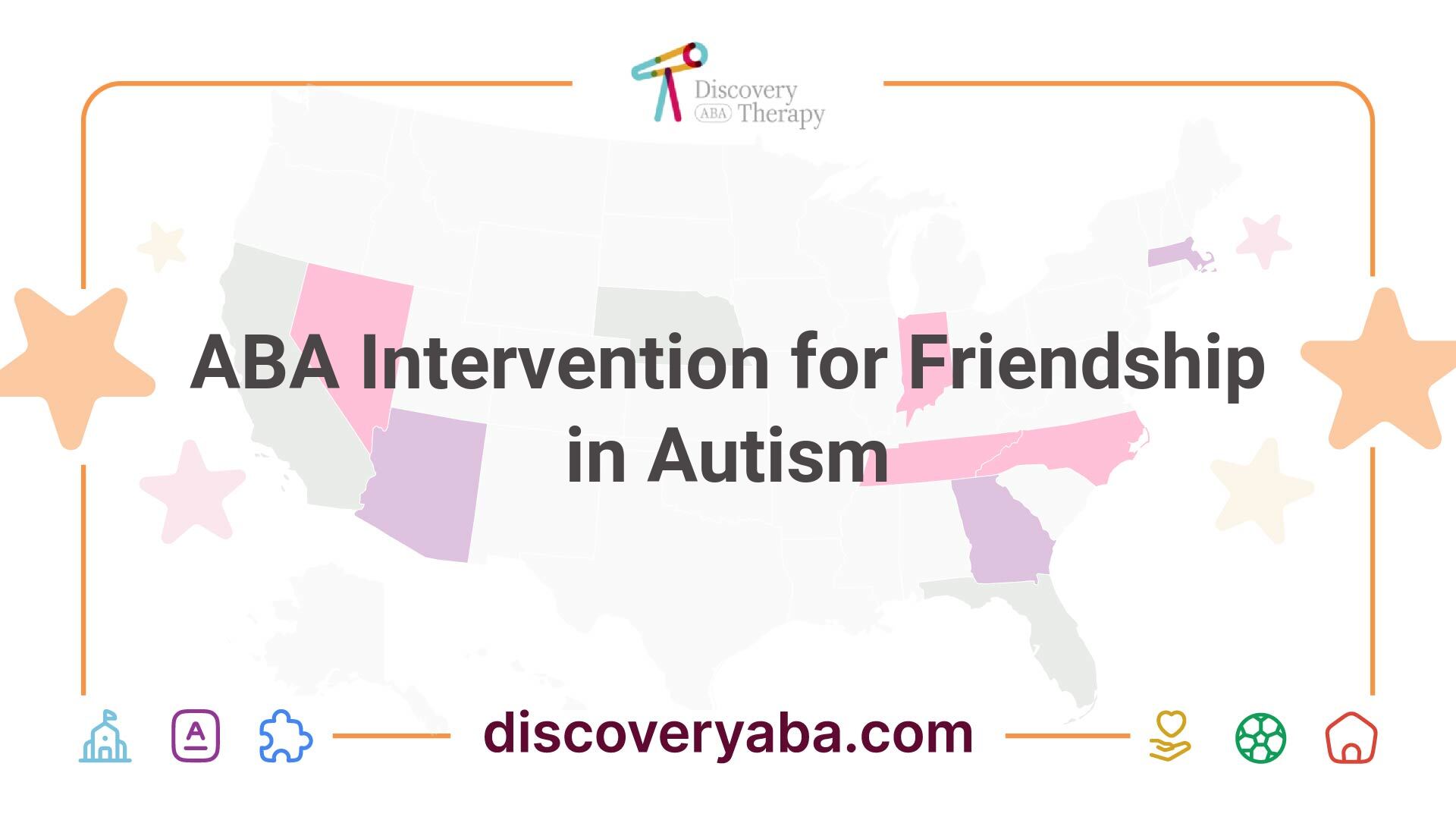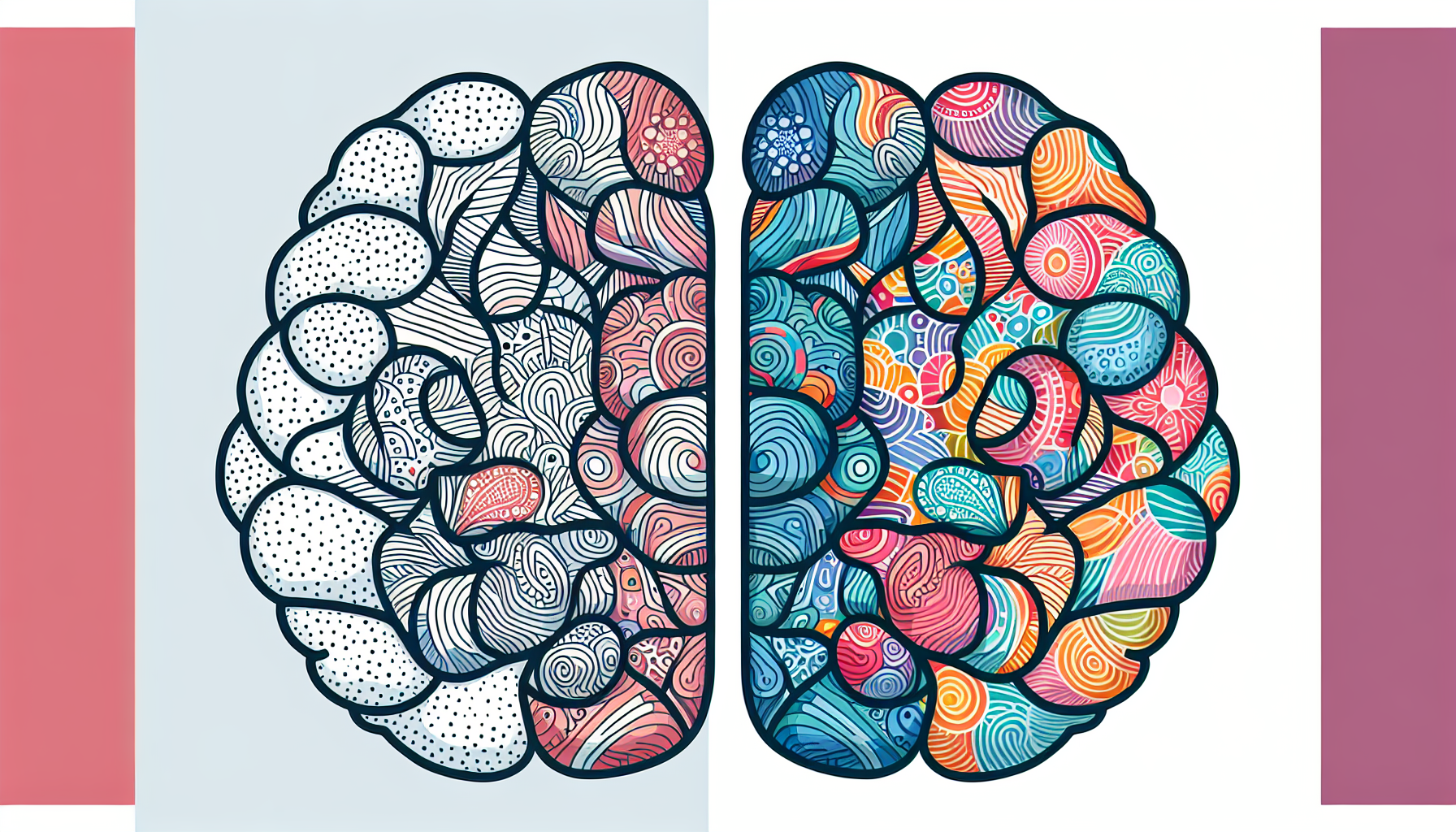ABA Therapy for Autism Behavioral Programs
Explore ABA therapy for autism behavioral programs: benefits, techniques, and effective strategies for success.


Understanding ABA Therapy
History of ABA Programs
Applied Behavior Analysis (ABA) has been utilized to support children with autism and related developmental disorders since the 1960s. Originating from principles of behaviorism, ABA focuses on understanding and modifying behavior through systematic interventions. Over the years, ABA therapy has evolved significantly, becoming a standardized treatment approach embraced by professionals and caregivers alike. The methodology is not only applicable to autism but has also been adapted for various learning challenges across many environments, including schools and homes.
The development of ABA programs has been guided by extensive research, ensuring that these strategies are effective and scientifically grounded. Today, families and practitioners view ABA as a beneficial framework for promoting meaningful change in behaviors and skills for children on the autism spectrum. For further insight, you can learn about ABA therapy for autism development services and its historical context.
Benefits of ABA Therapy
ABA therapy offers numerous advantages for children with autism. It is an evidence-based treatment recognized by reputable organizations such as the US Surgeon General and the American Psychological Association. Over 20 studies support the effectiveness of intensive and long-term therapy, showing improvements in various developmental areas.
Below are some key benefits associated with ABA therapy:
BenefitDescriptionImproved Intellectual FunctioningMany children experience enhancements in cognitive skills and processing abilities.Enhanced Language DevelopmentTargeted interventions often lead to significant progress in communication abilities.Better Daily Living SkillsChildren can learn to navigate everyday tasks, resulting in greater independence.Social Functioning GainsABA techniques foster social skills, helping children interact more effectively with peers and adults.
These programs typically deliver 25 to 40 hours of therapy per week for one to three years, leading to measurable improvements [1].
Parents and caregivers looking for more information on the potential of ABA therapy can explore links to ABA therapy and autism family programs and ABA therapy for autism behavioral development. Understanding these benefits can help in making informed decisions regarding treatment paths for children with autism.
Components of ABA Programs
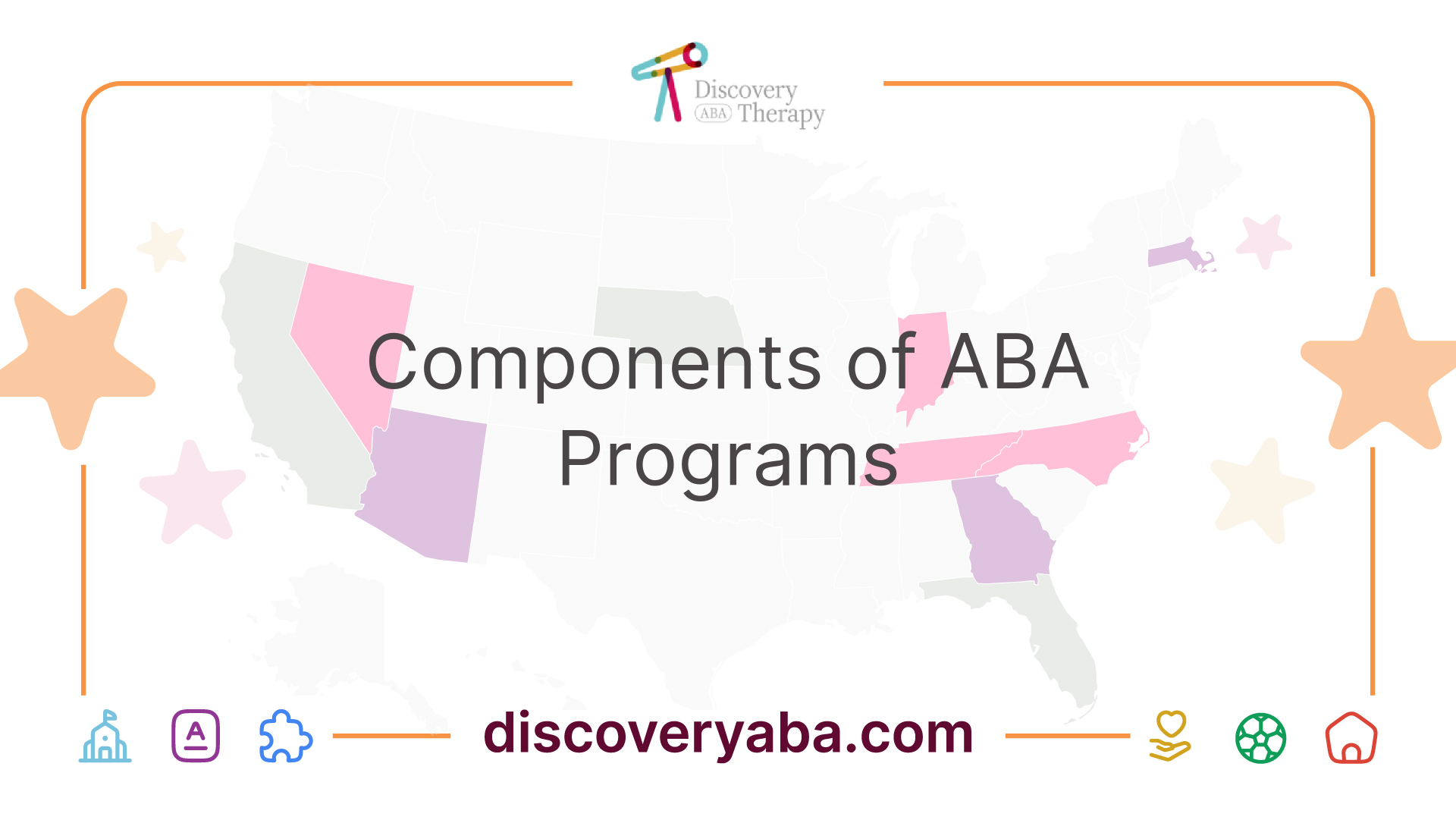
In applied behavior analysis (ABA) therapy, several key components ensure the program is effective and tailored to the needs of individuals with autism. The role of a Board Certified Behavior Analyst (BCBA) and the training of therapists are critical elements of these programs.
BCBA Role in ABA Therapy
A Board Certified Behavior Analyst (BCBA) plays a vital role in the development and oversight of ABA therapy programs. The BCBA designs and tailors the program to fit each learner's specific skills, needs, interests, and family circumstances. They conduct a detailed assessment of the individual’s abilities and preferences to establish the treatment goals. These goals enhance the likelihood of meaningful outcomes during therapy and help in tracking progress over time.
The comprehensive approach taken by BCBAs includes:
Role of BCBAResponsibilitiesProgram DesignCustomize therapy based on individual assessmentsOversightMonitor progress and adjust goals as neededFamily InvolvementConsider family goals and preferences in programming
Through this structured methodology, BCBAs ensure that the therapy is personalized and effective for each individual.
Therapist Training in ABA
Therapists working in ABA programs must receive specialized training to implement effective strategies for individuals with autism. This training typically includes instruction on behavioral techniques, data collection methods, and interventions tailored to autism spectrum disorder.
Effective training consists of:
Training ComponentsDescriptionBehavior TechniquesUnderstanding and applying principles of behavior modificationData CollectionLearning to track behaviors and interventions accuratelyIntervention StrategiesDeveloping skills to implement structured activities and programs
Continuous professional development is imperative to maintain effective practices. Therapists must engage in ongoing training to stay current with best practices and evolving strategies in ABA therapy.
Collaboration between BCBAs and trained therapists is essential for delivering high-quality ABA therapy. For more details on the effects of ABA strategies and their applications, refer to our articles on ABA therapy for autism behavioral centers and ABA therapy for autism treatment services.
Effectiveness of ABA Therapy
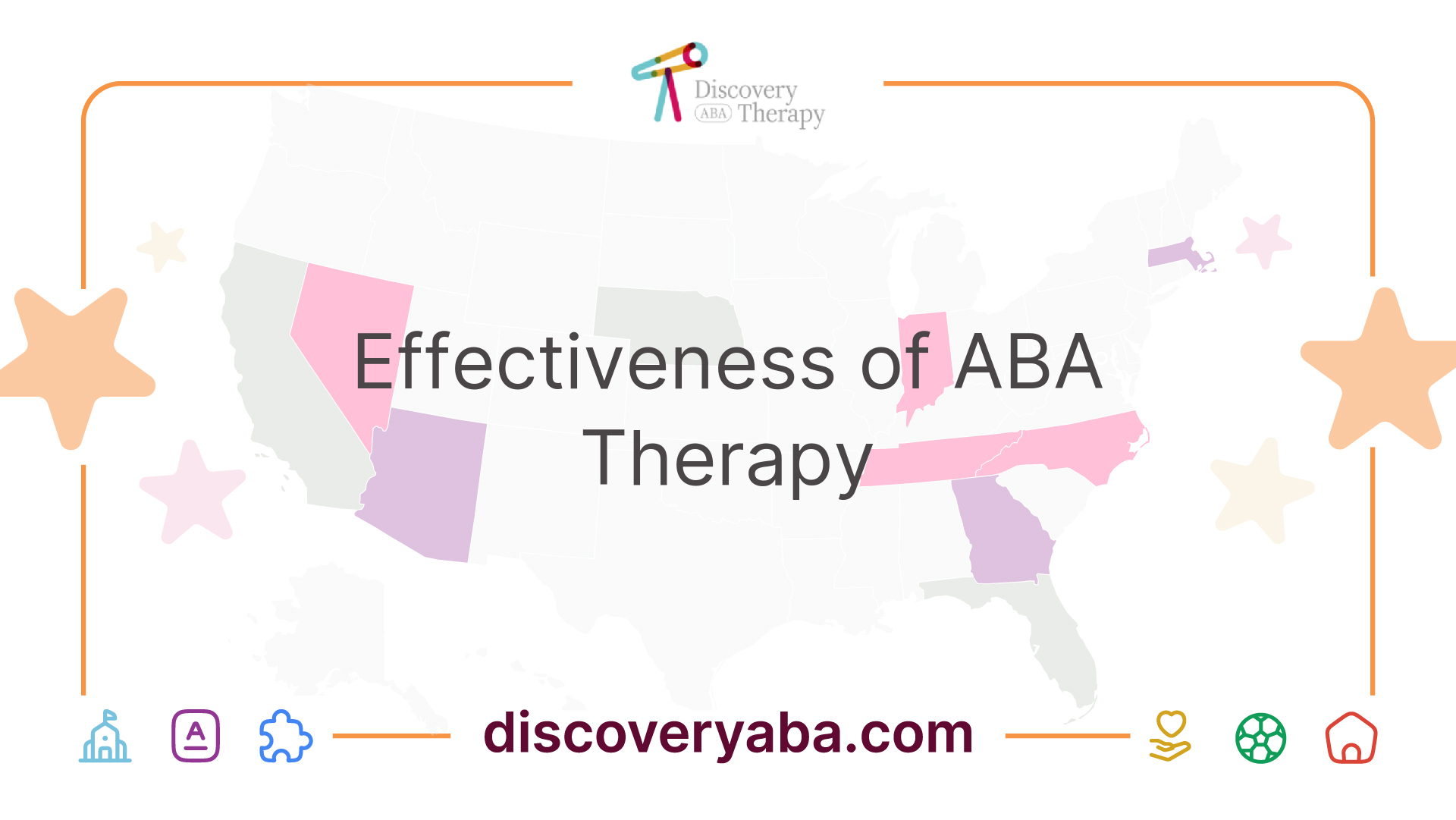
The effectiveness of ABA therapy for individuals on the autism spectrum is well-documented. Various studies, as well as endorsements from reputable organizations, support its application in improving behavioral outcomes.
Evidence-Based Best Practices
ABA therapy is recognized as an evidence-based best practice treatment by both the US Surgeon General and the American Psychological Association. Over 20 studies have demonstrated that intensive and long-term ABA programs can significantly improve various outcomes for children with autism. Generally, these therapies are more effective when implemented in sessions lasting between 25 to 40 hours per week for a duration of one to three years [2].
Best PracticeDescriptionIntensive Therapy25 to 40 hours per weekDuration1 to 3 yearsApproachPositive reinforcement of desired behaviors
Positive reinforcement is a core principle of ABA therapy, where behaviors followed by valued results lead to repeated behaviors, reinforcing positive behavioral change over time [3]. This structured approach plays a crucial role in the success of ABA interventions.
Studies Supporting ABA
Numerous research studies illustrate the success of ABA therapy in aiding children with autism. Research shows that children who undergo this therapy exhibit positive improvements in behavior and communication skills, especially when treated intensively [2]. These outcomes underline the importance of individualized treatment plans tailored to each child's unique needs and challenges.
The following table outlines some key findings from studies supporting the effectiveness of ABA therapy:
Study FocusFindingsLong-Term OutcomesImprovements in behavioral skillsTherapy HoursCorrelation between extensive hours and positive outcomesBehavior ChangeIncreased positive behaviors through reinforcement methods
ABA therapy not only helps in addressing behavioral concerns but also fosters a better understanding of the underlying motivations for certain actions. For parents and caregivers, comprehending the robustness of ABA therapy can enhance their confidence in engaging with ABA therapy for autism behavioral programs and seeking appropriate support services.
This research underscores the efficacy of ABA therapy in providing beneficial tools and strategies for nurturing development in children with autism.
ABA Therapy Structure
ABA therapy involves a structured approach that is primarily focused on creating effective, customized treatment plans tailored to the unique needs of each individual. This structure includes considerations for therapy intensity and duration, which are crucial for maximizing successful outcomes.
Customized Treatment Plans
Customized treatment plans are fundamental to ABA therapy. These plans are developed by a board-certified behavior analyst (BCBA), who conducts a thorough assessment of each individual's skills, preferences, and family circumstances. The BCBA creates specific treatment goals that reflect these factors, ensuring that the program aligns with the individual's needs and interests, as noted by Autism Speaks.
Each ABA program is unique, acknowledging that there is no "one size fits all" solution. The plans focus on helping the individual develop skills leading to greater independence and success. Specific treatment goals are adapted based on age, ability level, and the child's particular struggles.
ABA programs often break down complex skills into small, manageable steps using personalized strategies tailored to each child’s interests during key developmental periods when children with autism are most receptive to learning. Below is a summary of the key aspects of customized treatment plans:
AspectDescriptionAssessmentComprehensive evaluation of skills, preferences, and situation.GoalsSpecific and individualized treatment objectives set by the BCBA.AdjustabilityPlans are adaptable based on individual progress and needs.Skill BreakdownComplex skills are divided into manageable steps.
Therapy Intensity and Duration
The intensity and duration of ABA therapy play a significant role in achieving positive results. Studies suggest that children receiving ABA therapy for 25 to 40 hours per week over one to three years demonstrate gains in areas such as communication, social skills, and daily living [2].
The table below summarizes the recommended therapy intensity and duration for effective outcomes in ABA therapy for autism:
IntensityDurationExpected Outcomes25-40 hours/week1-3 yearsImprovement in communication and social skills, increased independence
Implementing an intensive, long-term therapy approach tailored to each individual helps maximize the effectiveness of ABA programs. This structured framework of customized treatment and focused intensity sets the foundation for successful outcomes in behavior modification and skill development among children with autism. For additional insights into ABA therapy, parents and caregivers can explore further resources on topics such as aba therapy for autism behavioral development and aba therapy for autism treatment services.
ABA Techniques
ABA (Applied Behavior Analysis) therapy incorporates various techniques to promote positive behavioral change in individuals with autism. Two primary strategies often employed in these programs are positive reinforcement and behavior modification techniques.
Positive Reinforcement in ABA
Positive reinforcement is a fundamental component of ABA therapy. This technique involves rewarding desired behaviors to increase the likelihood of their recurrence. For instance, when a child successfully completes a task or reaches a goal, they receive a reward, which may be in the form of praise, a favorite toy, or other valuables. This feedback encourages the child to repeat the behavior in the future.
The use of positive reinforcement not only helps in reinforcing good behaviors but also in building self-esteem. By celebrating successes, children learn that their efforts are appreciated and valued, which aids in their overall development.
BehaviorRewardPurposeCompleting a taskPraiseEncourages repetition of task completionSharing toysStickersPromotes sharing behaviorFollowing instructionsExtra playtimeReinforces compliance
Positive reinforcement strategies can lead to significant improvements in various areas such as communication skills, social interactions, and self-help abilities [3].
Behavior Modification Strategies
Behavior modification strategies in ABA therapy focus on altering specific behaviors by systematically applying consequences. This might include both positive and negative consequences, aimed at teaching the distinction between acceptable and unacceptable behaviors.
In practice, difficult behaviors are often addressed by providing a negative consequence, which helps the child understand the repercussions associated with such actions. The goal is to replace negative behaviors with positive alternatives. For example, if a child engages in disruptive behavior during a session, a consistent consequence may be employed, such as a short break from the activity.
ABA therapy also breaks complex skills into smaller, manageable steps, allowing for gradual progress. This structured approach supports children in making connections between behaviors and outcomes, fostering independence and self-regulation skills over time.
Behavior to ModifyMethodGoalDisruptive behaviorTake a breakInstill understanding of consequencesAvoiding social interactionsGuided interactionPromote social engagement
These techniques assist in the overall goal of ABA therapy: achieving meaningful change that enhances the quality of life for children with autism through improved communication, independence, and social skills. Through structured approaches, children are equipped with the tools needed for success in various environments, reinforcing the positive outcomes of ABA therapy for autism behavioral programs.
Challenges in ABA Implementation
Implementing Applied Behavior Analysis (ABA) therapy for autism presents several challenges that can affect its overall effectiveness. Discontinuation rates and concerns regarding dosage and dosing are two significant areas that require attention.
Discontinuation Rates
Discontinuation of ABA therapy is a notable issue, with studies indicating that a significant percentage of children referred for ABA services do not remain engaged for extended periods. Approximately 66% of children stay in services for 12 months, and only 46% remain for 24 months [4]. Factors contributing to early termination include family dynamics, such as having a single parent, which is associated with higher dropout rates.
Duration of ABA ServicePercentage of Children12 Months66%24 Months46%
These discontinuation rates can limit the long-term benefits that children with autism may receive from therapy. In contexts where there is mandated commercial insurance coverage, high discontinuation rates and low retention affect the effectiveness of ABA, indicating a need for improved support systems for families [4].
Dosage and Dosing Concerns
Dosage refers to the intensity and amount of ABA therapy that a child receives. Research shows that only 28% of children receive what is considered a full dose of ABA therapy. Low dosing can prevent children from experiencing the full benefits of treatment. Even among children receiving reduced doses, those with lower functioning levels still made significant gains in adaptive behavior after 24 months of ABA, suggesting that any amount of intervention can have positive effects.
A subgroup analysis of various ABA-based interventions highlighted these concerns; no significant effects were observed for general autism symptoms, while differences in effectiveness were noted only for specific outcomes like socialization and communication. This indicates that inadequate dosing may hinder the overall impact of ABA therapy, further emphasizing the importance of consistent and sufficient therapy duration.
Both discontinuation rates and dosing challenges present obstacles for effective implementation of ABA therapy. Addressing these issues is crucial for enhancing the outcomes of ABA therapy for children on the autism spectrum. For more comprehensive information on ABA therapy services, explore our resources on aba therapy for autism treatment services and aba therapy for autism behavioral programs.
References
[2]:
[3]:
[4]:
[5]:
Find More Articles
Contact us
North Carolina, Tennessee, Nevada, New Jersey, Utah, Virginia
New Hampshire, Maine
Massachusetts, Indiana, Arizona, Georgia
.avif)






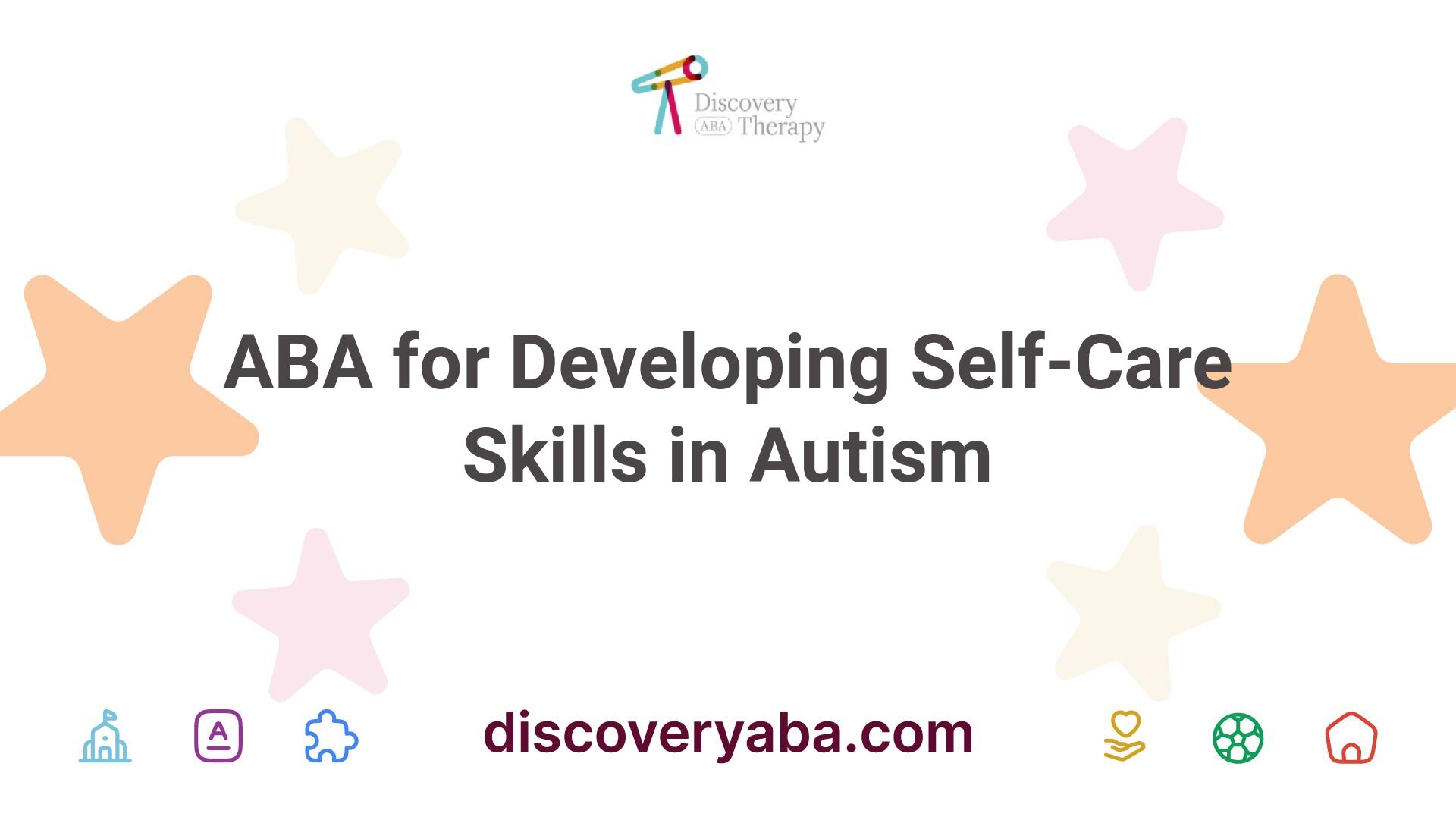






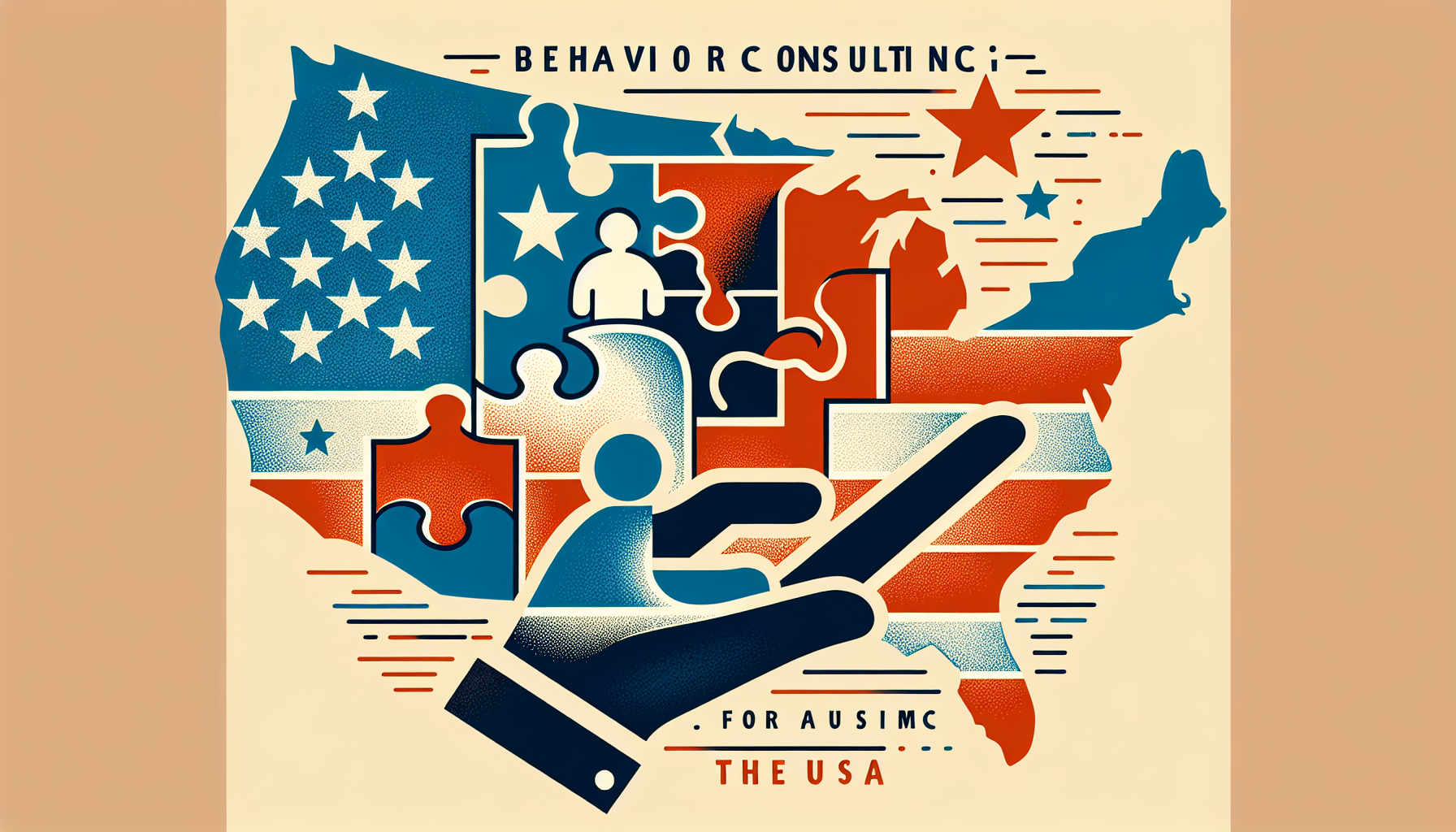




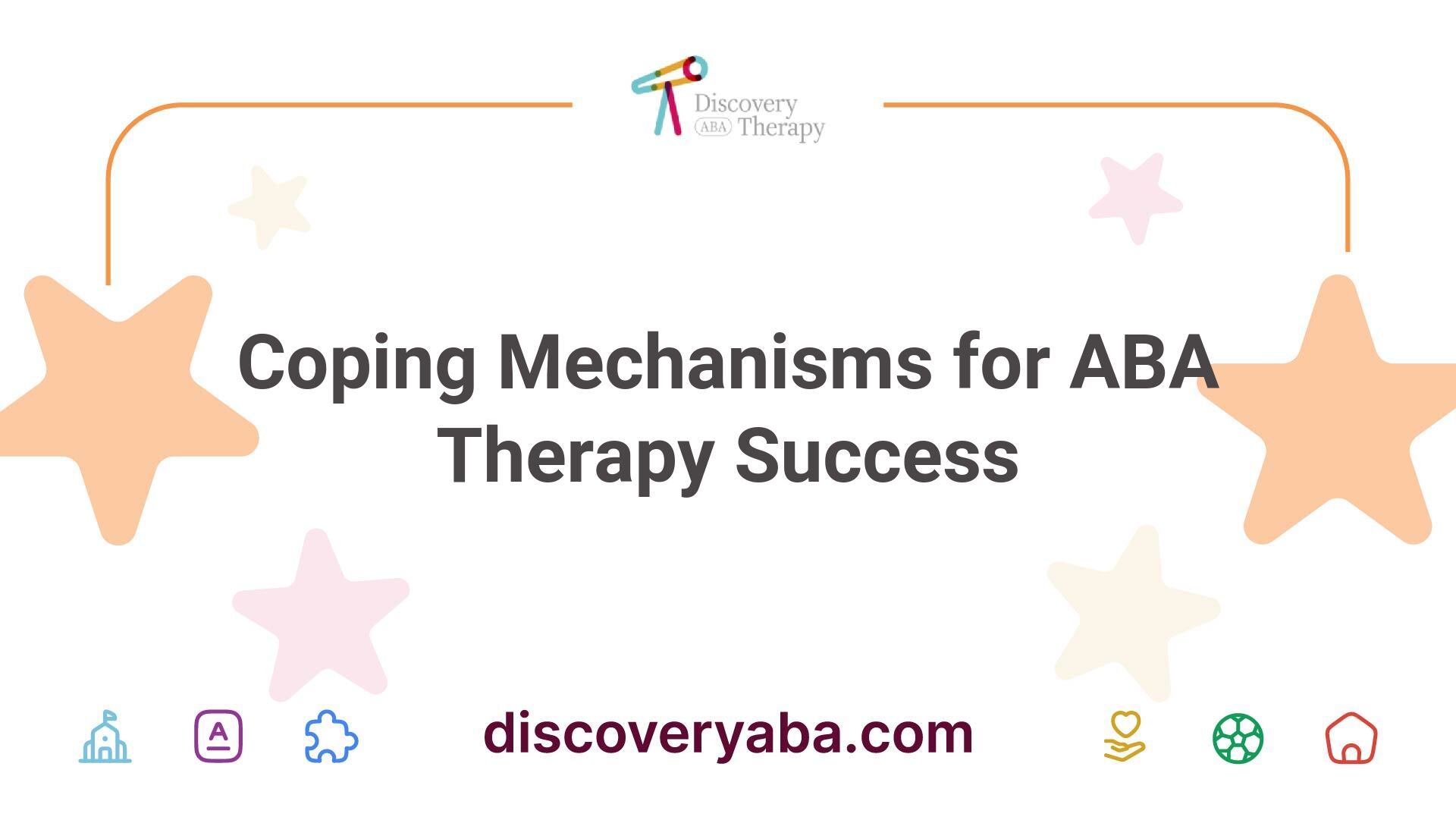





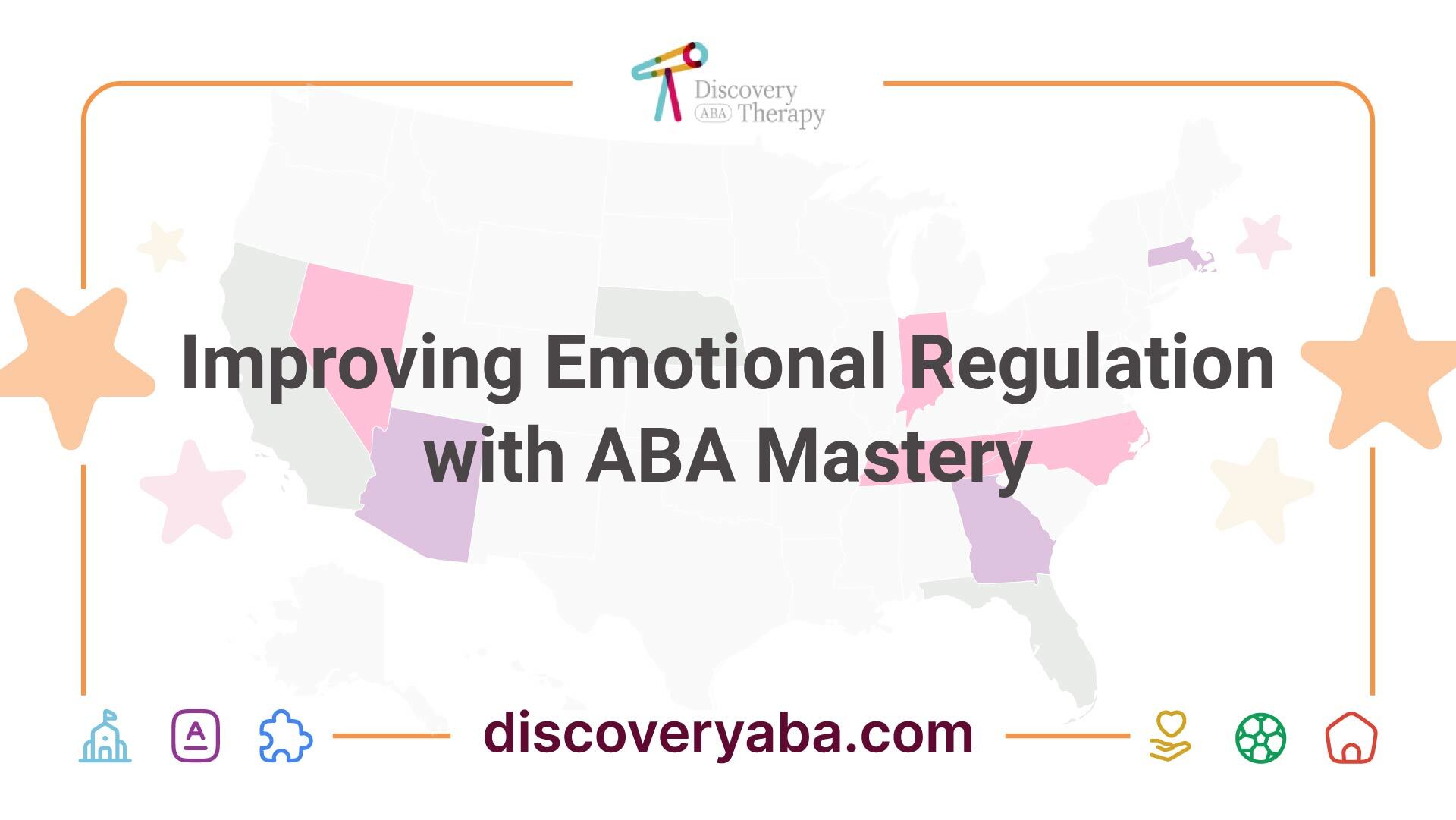




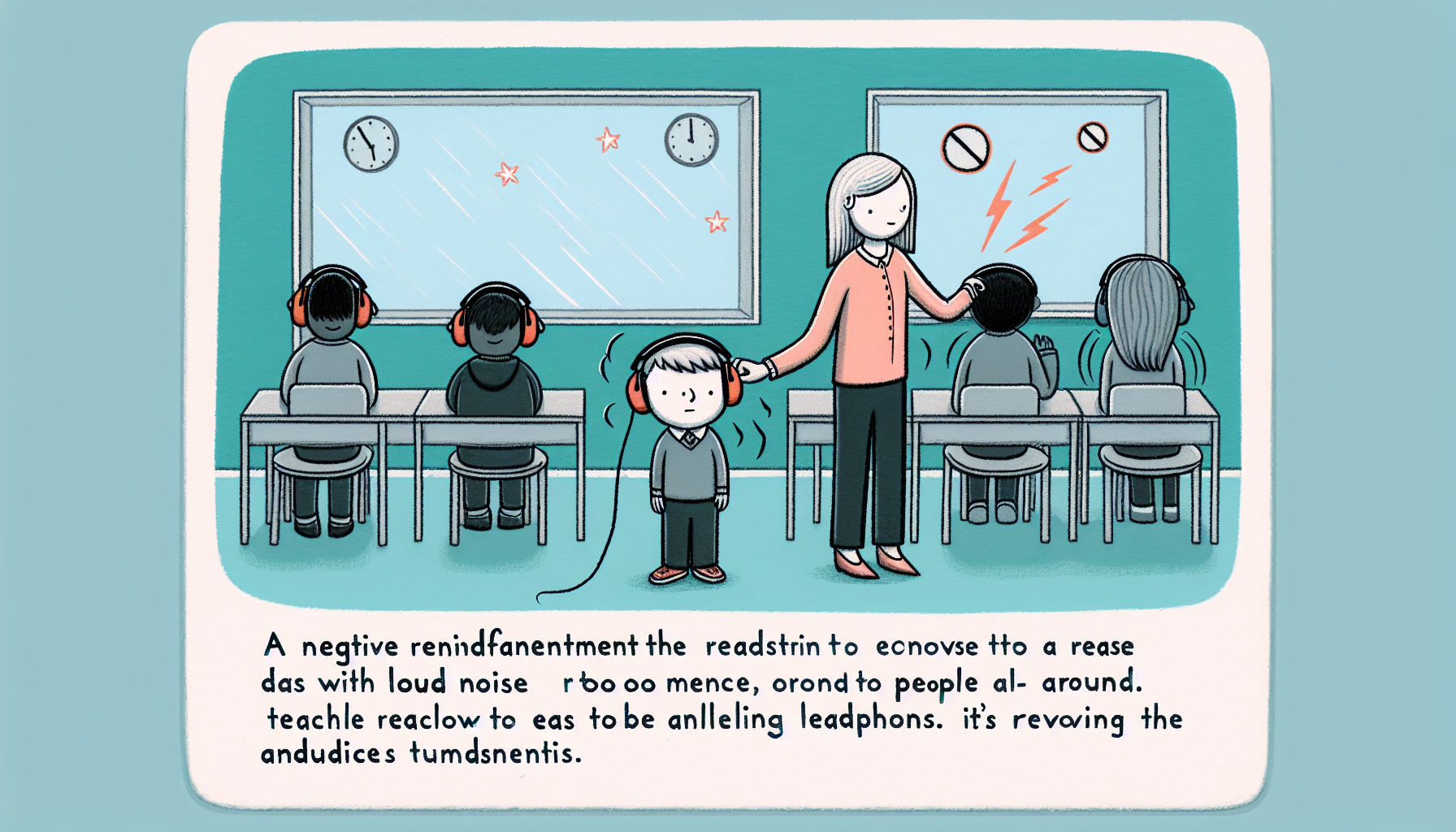

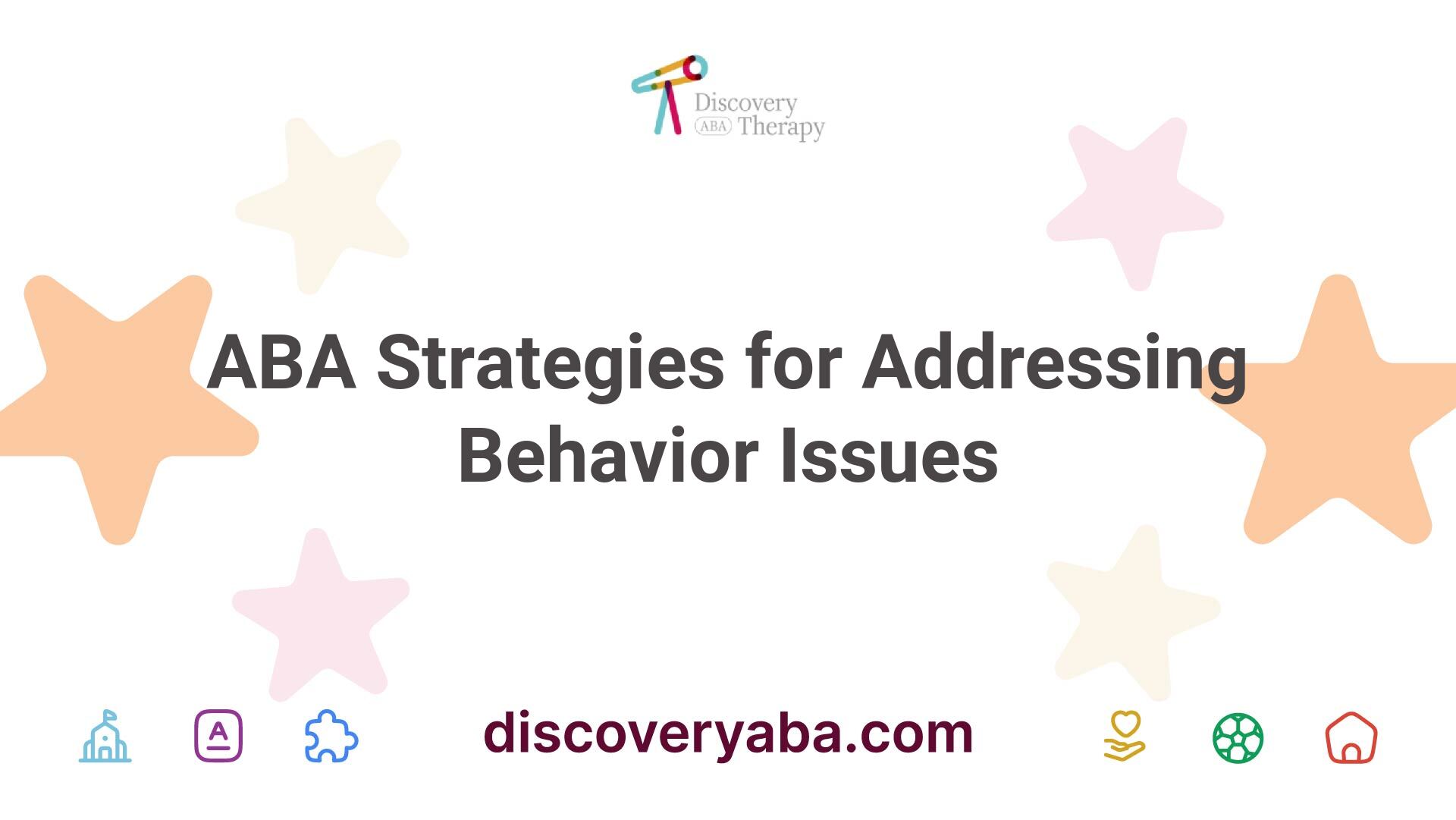





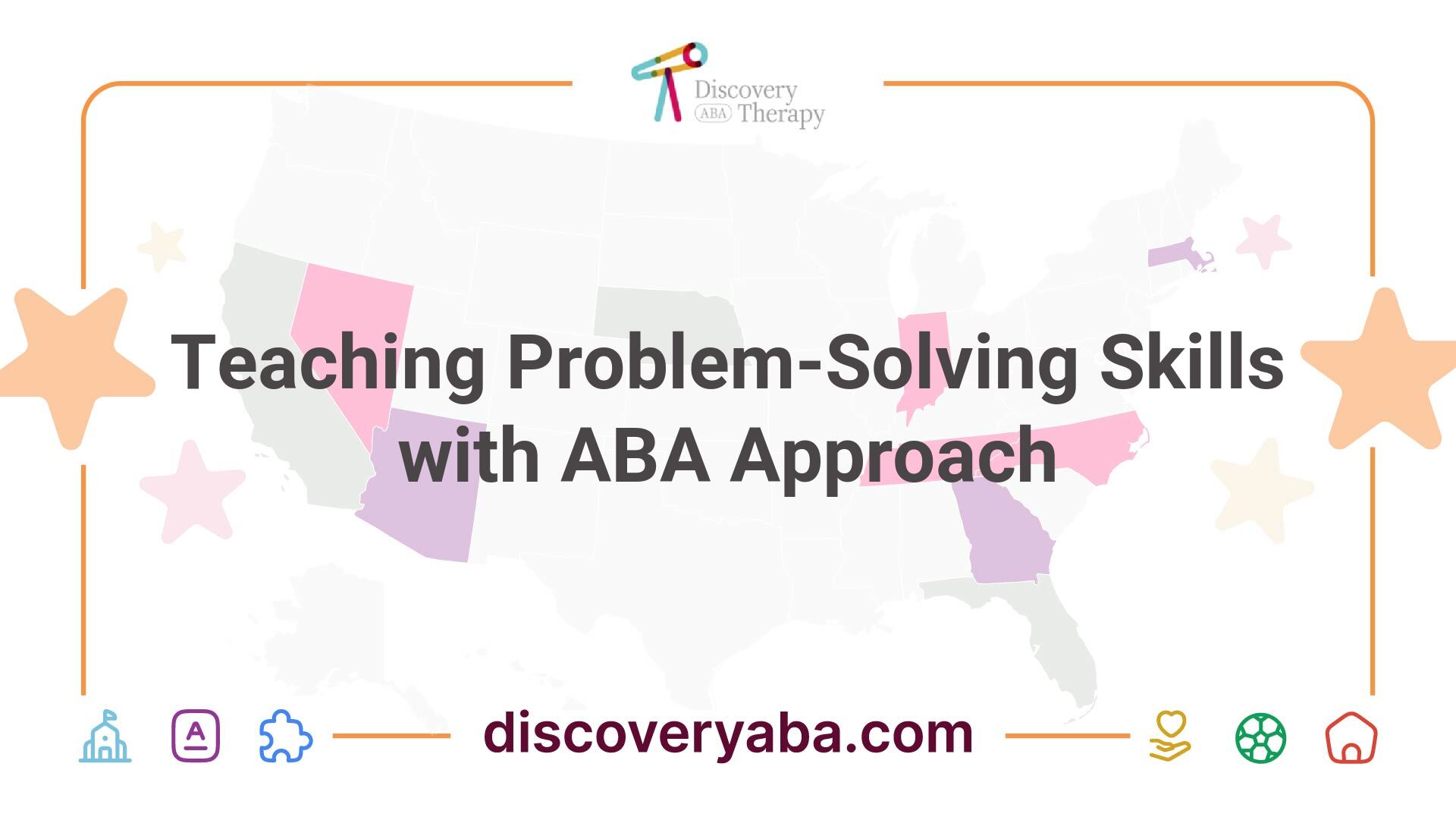





.jpeg)


























